Do you require any assistance? Simply reserve your appointment online below
Shoulder Bursitis
Regain your independence
Shoulder bursitis is an inflamed shoulder bursa. A bursa is a tiny fluid-filled sac that functions as a gliding surface to reduce friction from tendon rubbing each other.
There are several bursae within your shoulder. But the most commonly inflamed bursa is called subacromial bursa. Injury or inflammation of a bursa around the shoulder joint causes Shoulder bursitis.
When a shoulder bursa gets irritated, it becomes inflamed and grows in size. This means there is less space in the shoulder for muscles and tendons to move around, which can cause pain and a loss of movement in the shoulder.
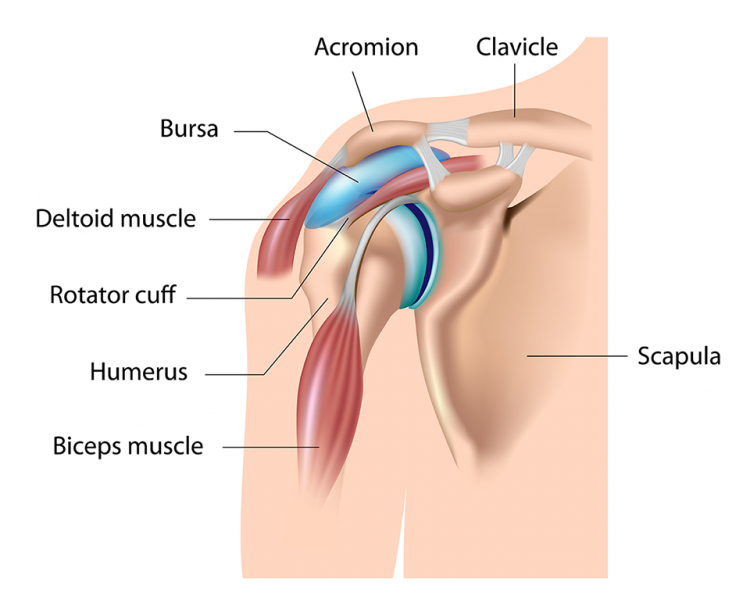
Signs and Symptoms of Shoulder Bursitis
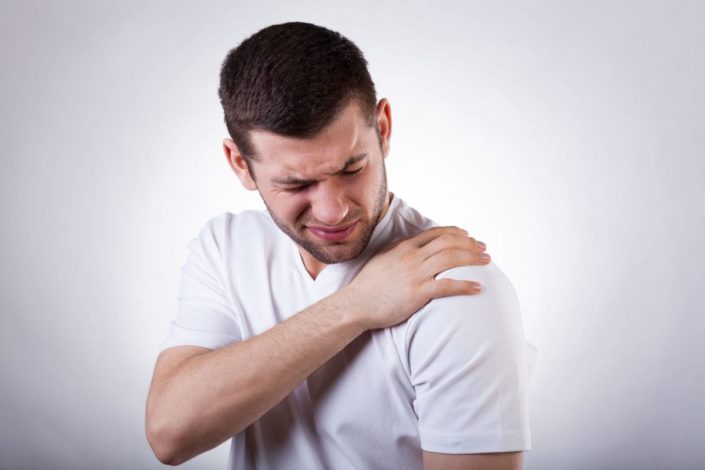
Shoulder bursitis commonly presents with the following symptoms:
Pain around the outside or tip of the shoulder
Pain when the shoulder is touched
Reduced range of movement in the shoulder joint
Swelling and redness around the shoulder
Shoulder pain when the arm is raised, such as reaching shelves or washing hair
Shoulder pain with activities such as washing hair, reaching up to a high shelf in the cupboard.
Causes of Shoulder Bursitis
Injury. Bursitis is most often caused by repetitive, minor impact on the area, or from a sudden, more serious injury.
Overuse of the joint at work or play can also increase a person’s risk of bursitis. Examples of high-risk activities include gardening, raking.etc
An abnormal or poorly placed bone or joint can put added stress on a bursa sac, causing bursitis.
Rheumatic conditions and infection can also cause shoulder Bursitis
Diagnosing Shoulder Bursitis
To diagnose shoulder bursitis, top orthopedic surgeon at NSOC in Kenya use advanced imaging tests to diagnose shoulder bursitis, the doctors will first give a thorough physical examination of your hip where he will be able to gather a good idea of your condition.
An ultrasound scan is often the most helpful investigation to confirm subacromial bursitis. MRI scan may also be useful.
Anesthetic Injection. Another way to tell if the pain is related to shoulder impingement syndrome is to inject an anesthetic under the shoulder’s acromion. If the injection relieves the pain, impingement syndrome is the likely cause.
Physical exam. A doctor will examine the patient’s joint, noting swelling, tenderness, and pain points. The doctor also will perform a series of physical tests, such as raising the patient’s arm overhead and across the body to evaluate mobility and pain.
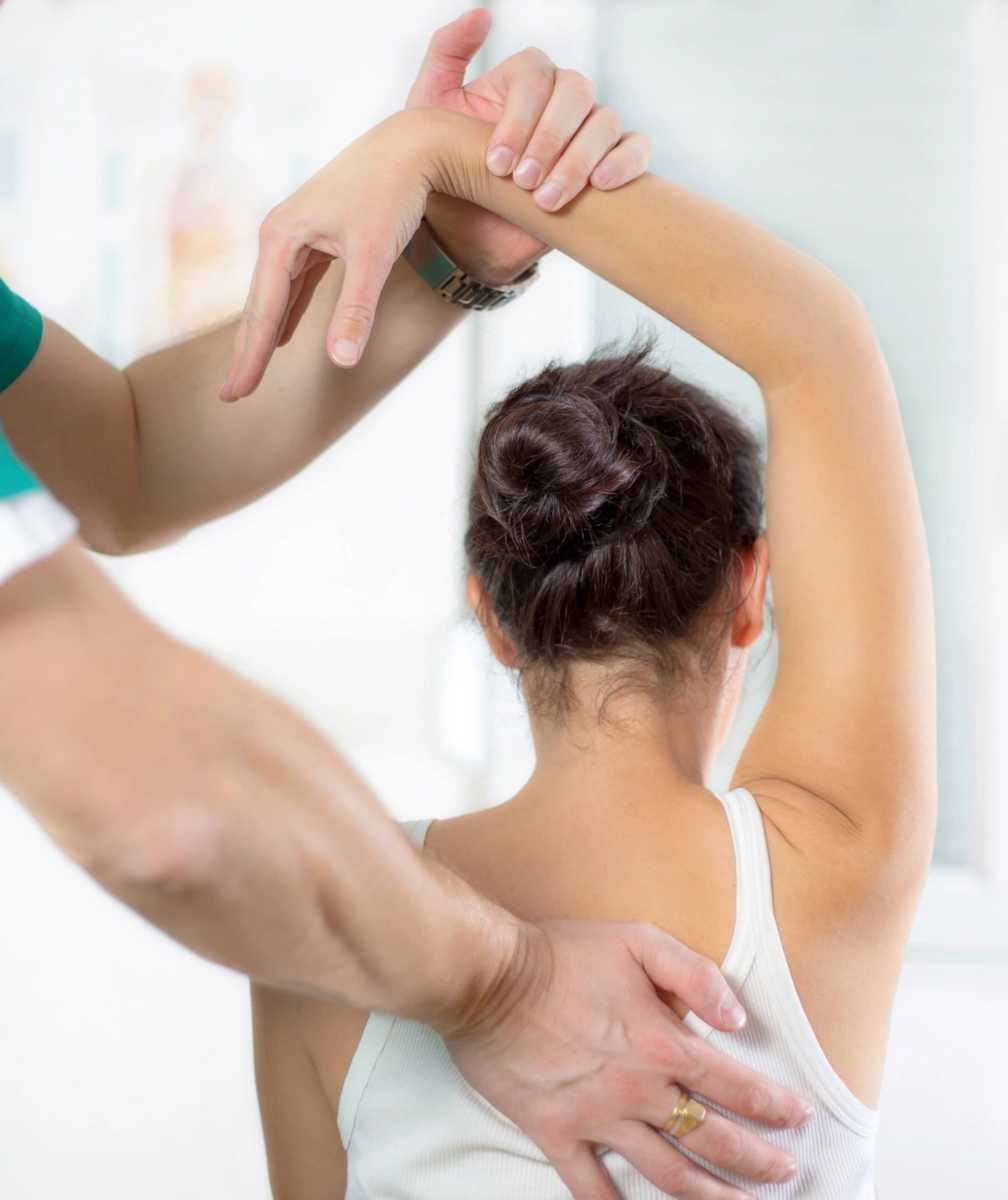
Treatment of Shoulder Bursitis
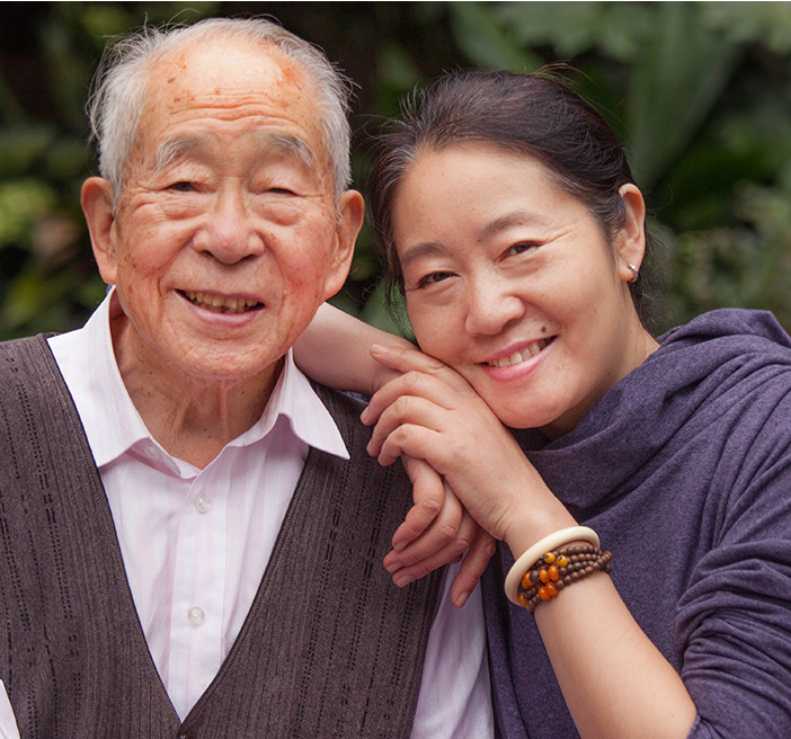
Aspiration of the bursa fluid. This procedure involves removal of the fluid with a needle and syringe under sterile conditions and can be performed in the doctor’s office.
Anti-inflammatories: Aspirin or ibuprofen can reduce swelling and discomfort in the shoulder.
Rest: Reducing shoulder movement can stop the bursa from getting more irritated and give it time to heal. A shoulder brace can help. Along with rest, some gentle shoulder exercises can stop the joint from becoming stiff.
Ice packs: When an injury or overuse causes bursitis, an ice pack can help within the first 5 days. Apply ice every 15 to 20 minutes at 4 to 6-hour intervals to reduce pain and swelling.
Steroid injections: If symptoms persist, a doctor can inject corticosteroids in or around the bursa. This reduces swelling and discomfort. The effects may be temporary, but treatment can be repeated several times.
Surgery: When shoulder bursitis is long-term and does not respond to treatment after 6 to 12 months, surgery may be suggested as a final option. Surgery can repair damage and reduce the pressure in the bursa.

You are in Great Hands
Exercises for shoulder bursitis
Shoulder blade squeezes
Stand or sit with your arms at your sides. Pull your shoulder back, imagining you are making your shoulder blades touch. Keep your shoulders down as you perform the exercise to feel a greater stretch for the front of the shoulders.
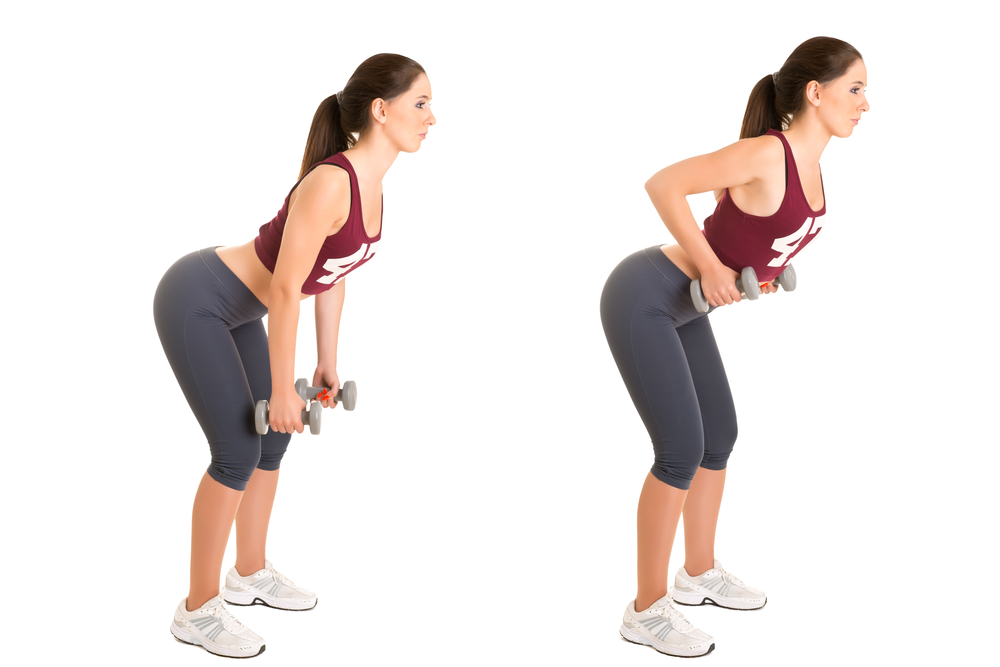
Posterior stretch
While sitting or standing, bring your arm across your body, placing your hand on the back of the opposite shoulder. Use your other hand to press on the back of the elbow to deepen the stretch, feeling the stretch across the back of your shoulder.
Range of motions
Lift your shoulders up as if you are shrugging them, holding the position for 5 seconds. Lower the shoulders. Move your shoulders downward to feel a stretch across the top of the shoulders. Hold this position for 5 seconds.
Rotate the shoulders in a circular motion backward for 5 circles. Stop and repeat by rotating the shoulders forward.
